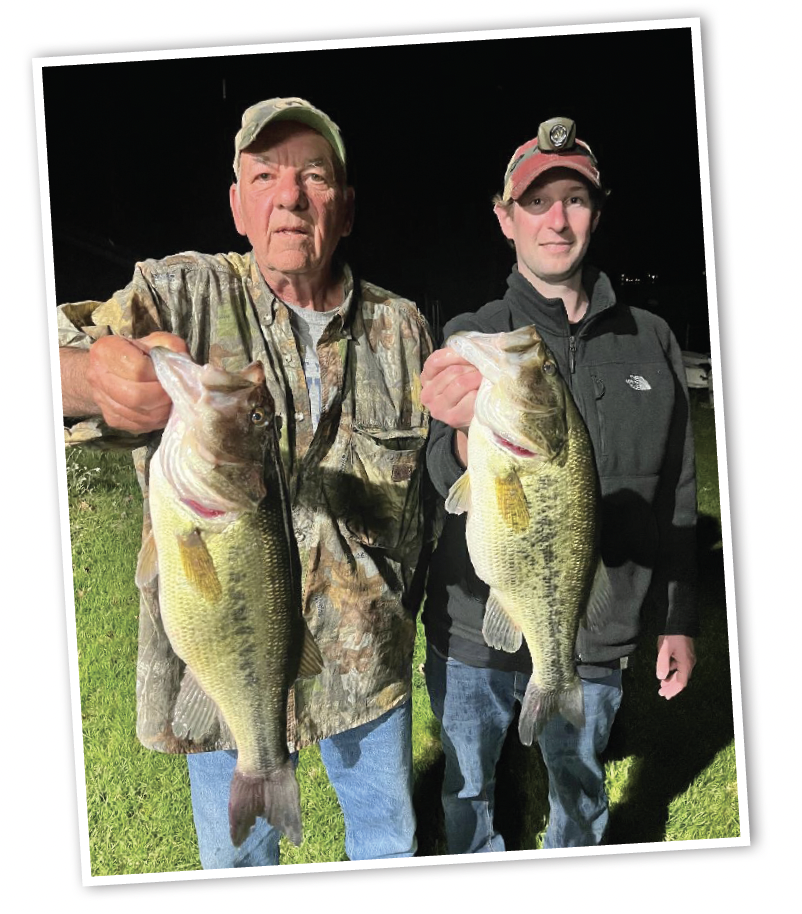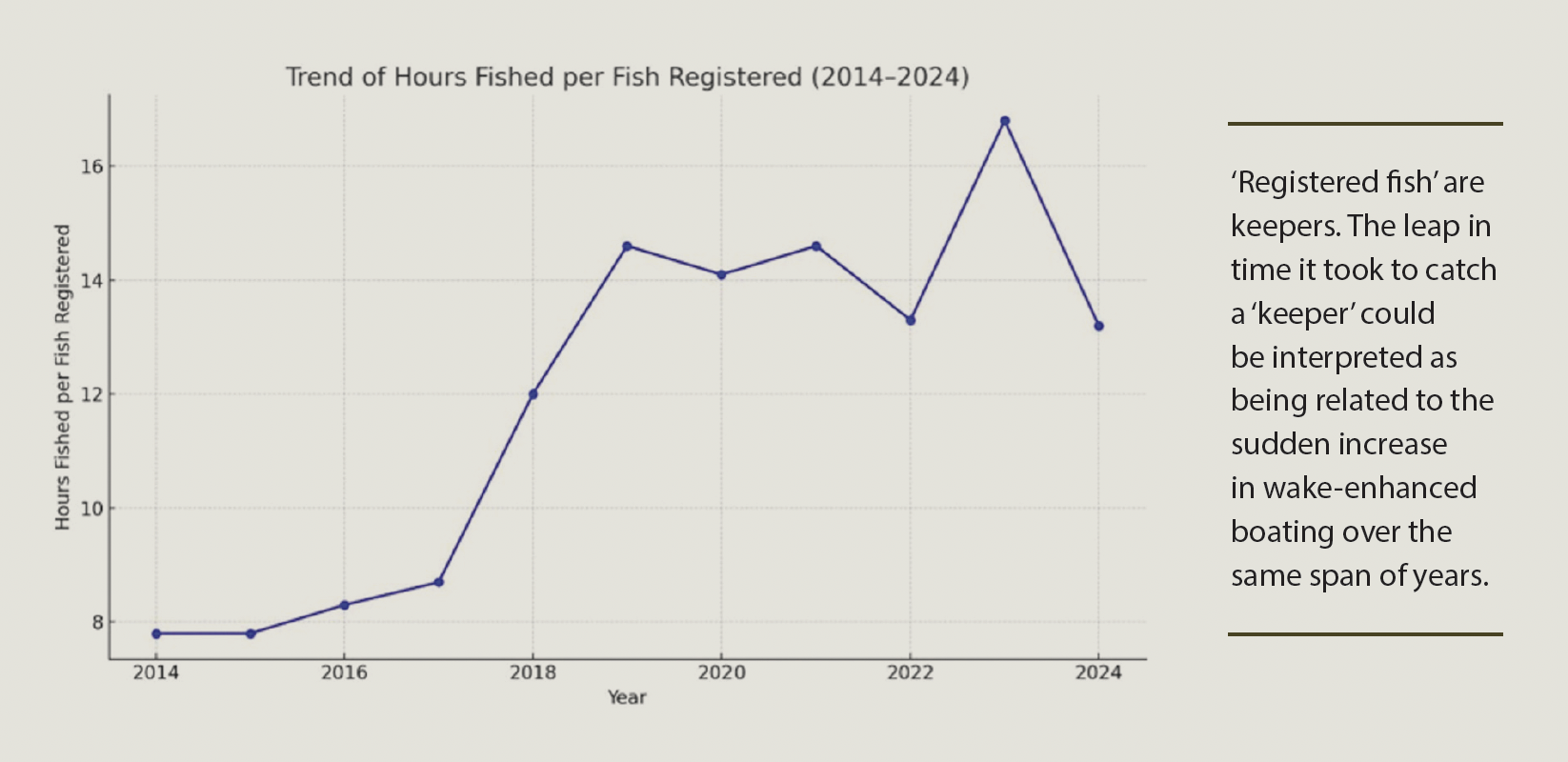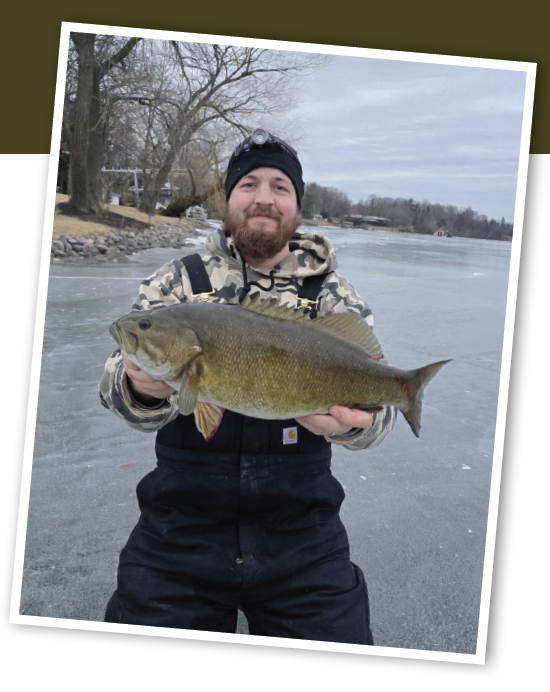2025 Fishing Observations
Reported by PLB Board Member Brian Fons
Bluegills:
Lake Beulah‘s population of bluegills is strong and healthy; size and structure is excellent with many 8 to 10 inch bluegills being caught. Fishing pressure for bluegills is heavy; recommendations would be to only harvest as many bluegills as needed versus taking full limits. Observations on shallow water spawning bluegills, those spawning along the shorelines in less than 3 feet of water is the same as the last few years where shallow spawning bluegills have been disappearing. Recommendations for shallow spawning bluegills which are the easiest to target and catch, would be to limit targeting and harvesting those fish as they are a specific strain of bluegill and it would be helpful to let them reestablish themselves.
Largemouth bass:
Overall observations are the numbers of largemouth bass are still down, most likely from loss of weed beds and fish habitat, as well as fishing pressure/ harvest of larger bass. The largemouth bass being registered in the weekly bass tournament are larger on average with 4 fish over 5 pounds being registered as well as many 4+ pounders being registered and released. Fewer 16-18 inch bass are registered. The numbers of 12 to 15 inch bass also seem to be down in numbers.
Recommendations for improving Bass Fishing would be to release larger bass which tend to be female and provide the brood stock for future reproduction. For those wanting to harvest Bass it is recommended to keep the smaller bass under 12 inches.
Crappies:
Crappie population is significantly down from past years. I personally elected not to harvest any
crappies this year to help in a small way to give them an opportunity to reestablish. Crappie can be cyclical, which may explain part of the decline, but loss of weed beds and fish habitat would be a big explanation for reduced crappie numbers as crappie primarily spawn in thick weed habitat.
Northern pike:
Overall numbers of Northern Pike also seem to be down. Over the winter numerous 40+ inch fish were caught with most being released. However, the numbers of smaller northern pike seem to be lacking.
Recommendations would be to release larger pike, if possible as they provide brood stock for future Northern pike populations and enhance Lake Beulah’s reputation of being a trophy pike fishery. Graphite reproductions of fish are a great alternative to harvesting a fish and doing skin mounts.
Walleye:
As a result of heavy stocking, the walleye population seems strong. Many walleyes of under 18 inches are being caught and released as they need to grow to be 18 inches or greater to be harvested per DNR harvest size limits for Lake Beulah. It is unknown to what extent the walleyes reproduce in Lake Beulah, so It is believed most of this population is the result of current stocking efforts however some reproduction may be occurring.
Smallmouth bass:
There is a small but recognized population of smallmouth Bass in Lake Beulah. This is a result of past stocking efforts which were limited. However, there are observations of smaller smallmouth bass seen in sandy / gravel areas which indicate that some reproduction is occurring. There have been smallmouth bass up to 19 inches being caught and reported which is great.
Recommendations would be to release all smallmouth bass if possible, to allow the species to become more established in Lake Beulah. Smallmouth Bass are tremendous fighting fish and are a great addition to the sport fishery for Lake Beulah fishermen and ladies.
General recommendations to follow which would help to preserve and protect our fish habitat, and improve Lake Beulah’s fishery:
1. Refrain from operating any boat in a sustained bow high operation in any shallow water as this damages the lakes bottom and weed habitat. Operate at a slow no wake speed until reaching deeper depth.
2. When powering up any boat out of the channels, or shallow areas, wait until the boat is in at least 10-15 feet of water before powering up / planning off to protect the lake bottom.
3. Wake enhanced boating should not be done in less than 30 feet of water, based on recent downward propwash studies and data showing impact on the lake bottom. This is also the recommendation of the Wake Sports Reform Coalition.
4. Wake enhanced boating should not be done less 500 feet from shore due to the impact of large waves on the shoreline and the bottom scrubbing effects to the bottom. Bottom scrubbing can up root and destroy shallow fish habitat and disrupt, shallow spawning beds during the spawning season. This is based on the recommendations from the recent wave impact study done on Lake Beulah recommending 500 feet from shore distance for wake enhanced sports.




